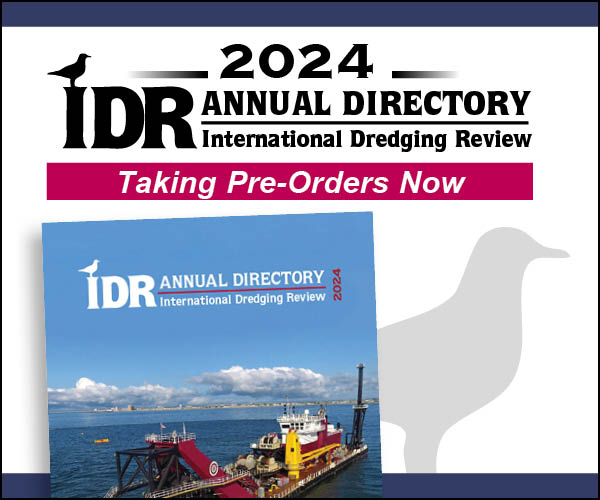Absecon Island Shore Protection Project Nears Completion on Decades of Study and Work

This photo shows Absecon Island on August 2 prior to a beach renourishment in 2012.
The Absecon Island Shore Protection Project executed by the U.S. Army Corps of Engineers Philadelphia District is part of a larger Corps and New Jersey Department of Environment Protection feasibility study to look at ways to reduce storm damage due to flooding and wave attack and minimize shoreline erosion which began nearly two decades ago.
The northeast-facing orientation of Atlantic City’s inlet frontage increases its vulnerability to storm damage. Storms in the early 90s severely damaged the boardwalk bulkheads buildings and roads. The oceanfront of Absecon Island (Atlantic City Ventnor Margate and Longport) is also historically one of the hardest hit of all the New Jersey barrier islands during coastal storms especially nor’easters. See map on page 15.
Prior to Superstorm Sandy the ocean shoreline of Absecon Island especially in Ventnor Margate and Longport has experienced a relatively stable shoreline due to periodic placement of millions of cubic yards of sand over the last 50 years.
Along Absecon Island the predominant transport of sand by waves is to the southwest so that sand initially placed in Atlantic City is naturally transported over periods of years to decades to the beaches of Ventnor Margate and Longport. The Corps said that if sand had not been placed on Atlantic City’s beach in the past it is very likely that the other three communities on Absecon Island would have experienced more serious erosion and storm damages than they actually had over the past several decades.
Work on the Absecon Island Shore Protection Project began in the early 2000s. The project was only partially completed when Superstorm Sandy struck in October 2012. The part of the project in place helped to reduce damage along those sections of the island. Before Sandy the Corps had completed the initial construction of the project at Atlantic City and most of Ventnor in 2004. These sections of the project received sand nourishment in the spring of 2012 months before Sandy. The areas were also restored in 2013 just months after Sandy.
The placement of sand for the project includes beachfill and the construction of dunes. If a storm lasts long enough the waves can overtop the dune lowering the dune crest. Much of the sand eroded from the berm and dune is then transported directly offshore and deposited in a bar formation. The Corps said this process helps dissipate wave energy during a storm.
Offshore sand deposits are then normally transported back to the beach by waves after the storm. Onshore winds transport the sand from the beach toward the dune area and another natural cycle of dune building proceeds. The “trick” is to have a dune of sufficient size so that it will not completely erode away during a major storm event.
Weeks Marine is beginning the final work on the Absecon Island Shore Protection Project and other Sandy-affected areas. See the story on page 14.



